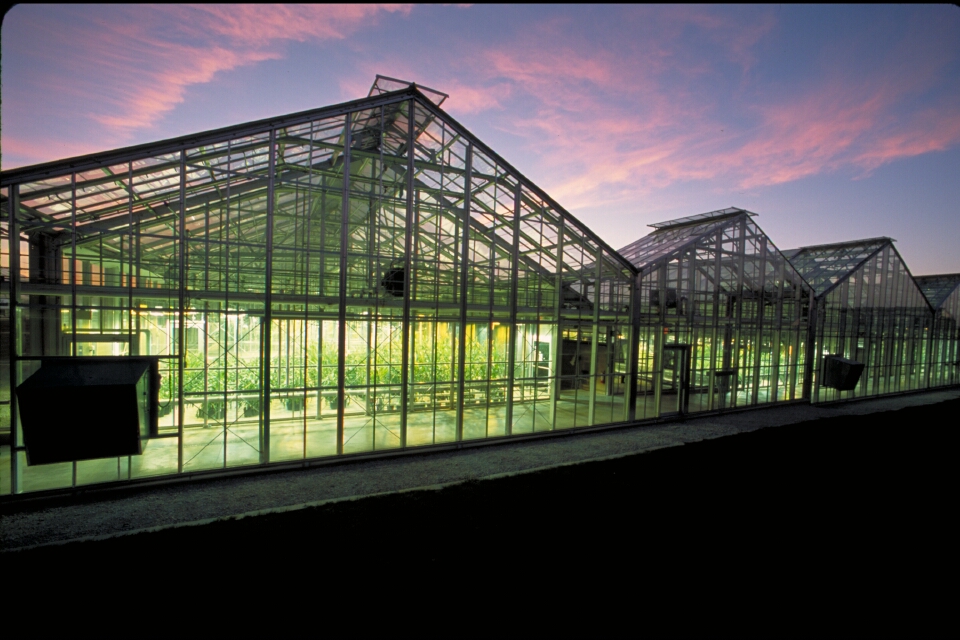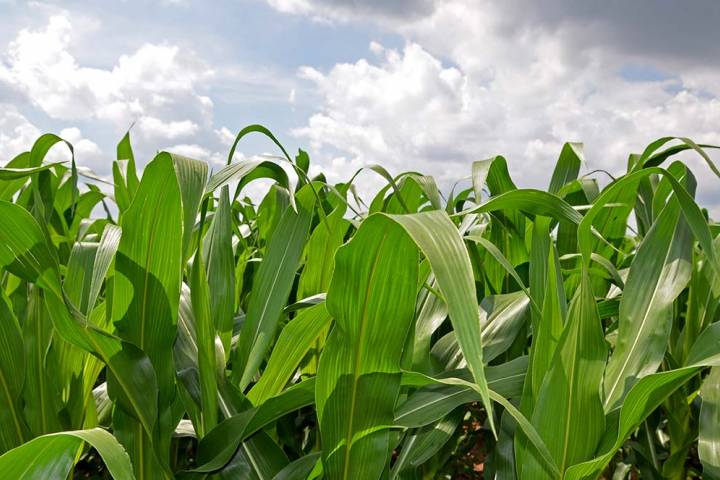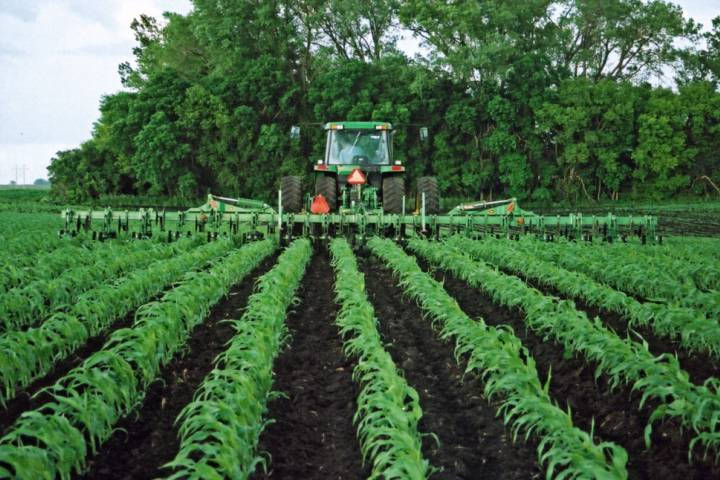Biotechnology
Genetic modification, or the creation of genetically modified organisms (GMOs) is not a new concept. People have been genetically modifying plants and animals since before written history. Corn started out as a grass plant with very small seeds. Another example is the incredible variety of dog breeds that are all the same species (can interbreed) but have such different sizes, colors and fur types. Think of a poodle and a schnauzer. All of these breeds resulted from selective breeding of the same species.

We still do this today, and describe the resulting offspring from these crosses as hybrids. As technology has improved, genetic modification can now be achieved by moving specific genetic material from one organism to another, resulting in what many call GMOs. The purpose of genetic modification (GM) in crops is to protect the yield of the plant from pests, diseases or other stresses in the environment (flooding, drought, etc). The techniques of genetic modification include isolating desirable genetic traits from one organism and inserting one or more into a different organism. This allows for a variety of combinations that can be tailored for specific environmental conditions. Most crop GMOs are a combination of selective breeding (creating hybrids), genetic modification (inserting specific traits from other organisms) and other techniques (i.e.seed chipping). In 2015, genetically enhanced crops were grown on nearly 180 million hectares around the globe by 18 million farmers, in 20 developing and 8 industrial countries.
Within the United States, nearly 80% of all foods sold contain some GMOs. Currently there is no regulation to label these foods, as tests by the USDA, EPA and FDA have determined that the products that result from GM crops are not significantly different than the foods that use non-GM crops. Different countries have different rules that regulate the sale and trade of patented GMO seeds and the foods that contain these crops.
The benefits of biotech crops are many and include: more affordable food, better livelihoods from higher yields, lower pesticide use, land saving technology and reduction of greenhouse gas emissions. (See isaaa.org for more details.)




